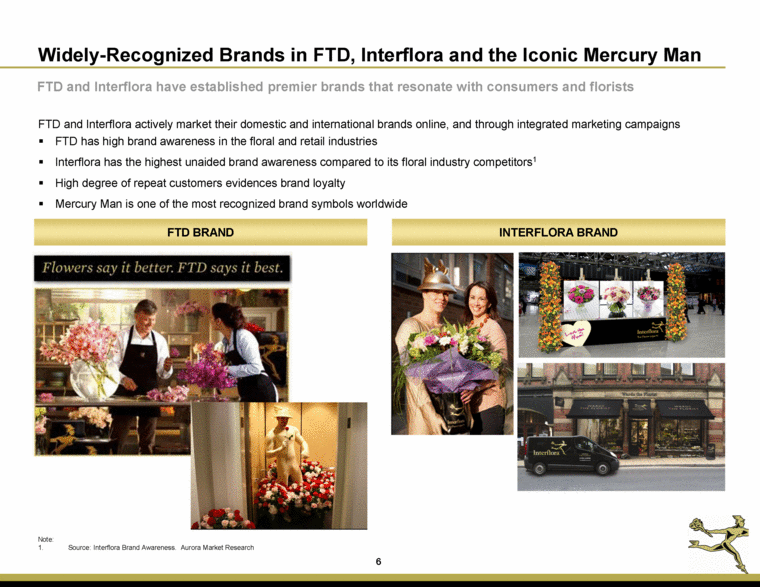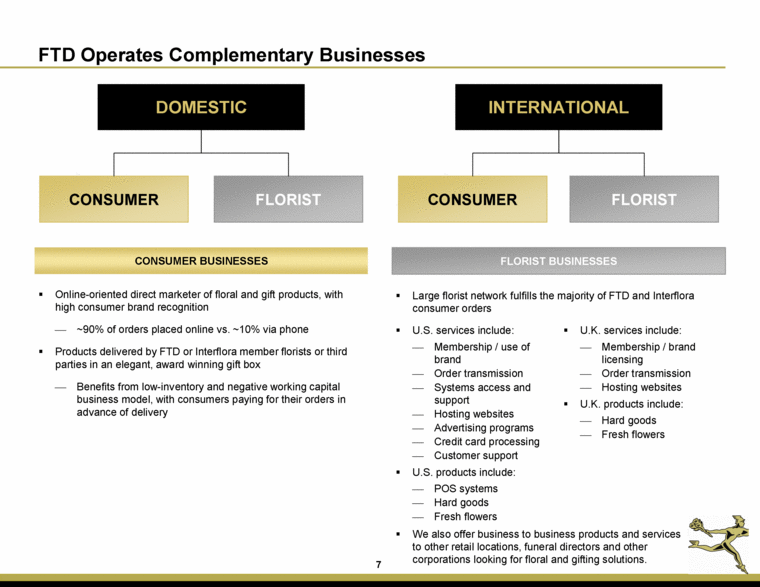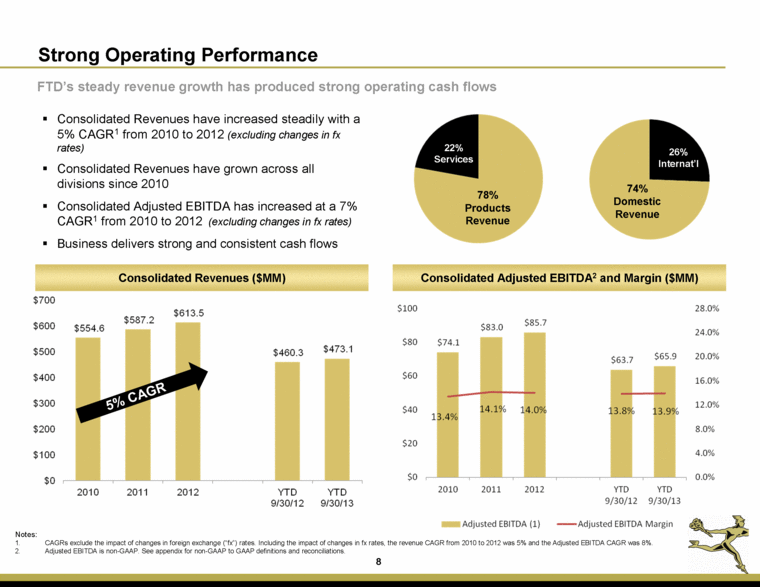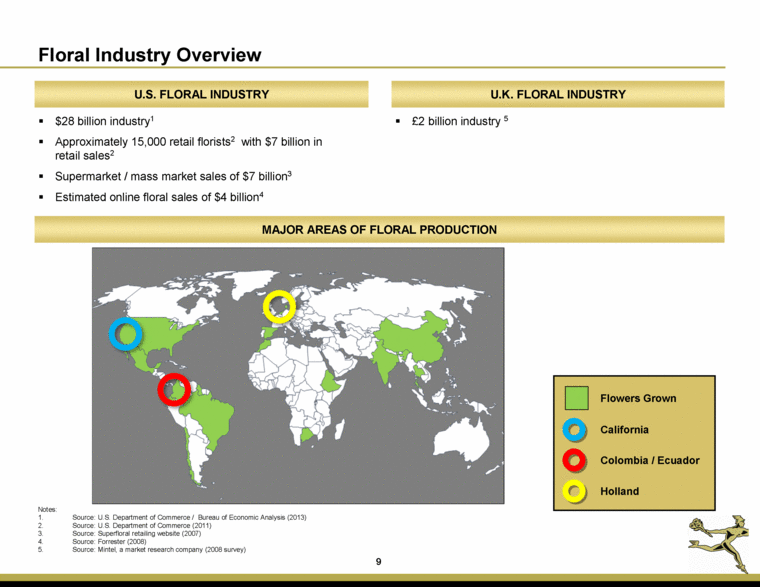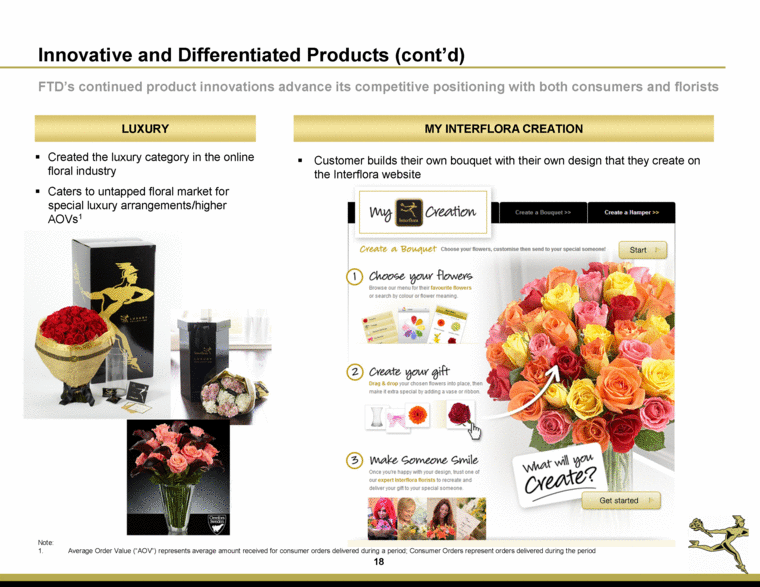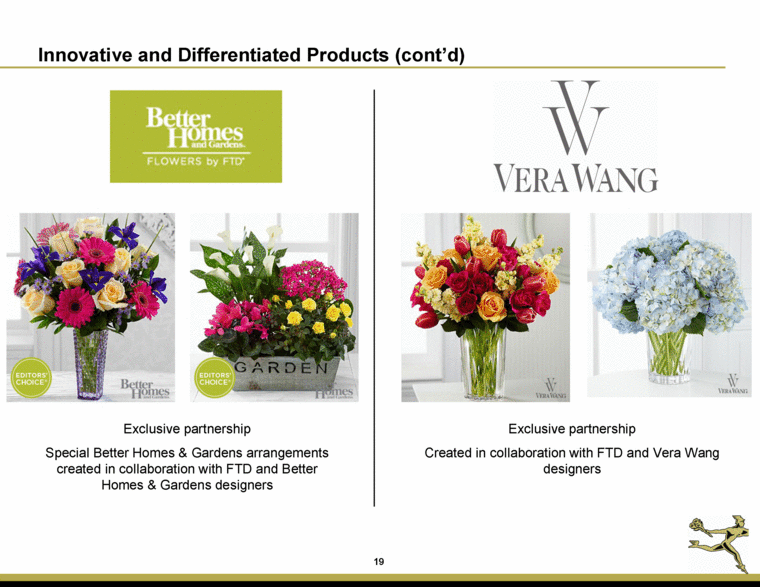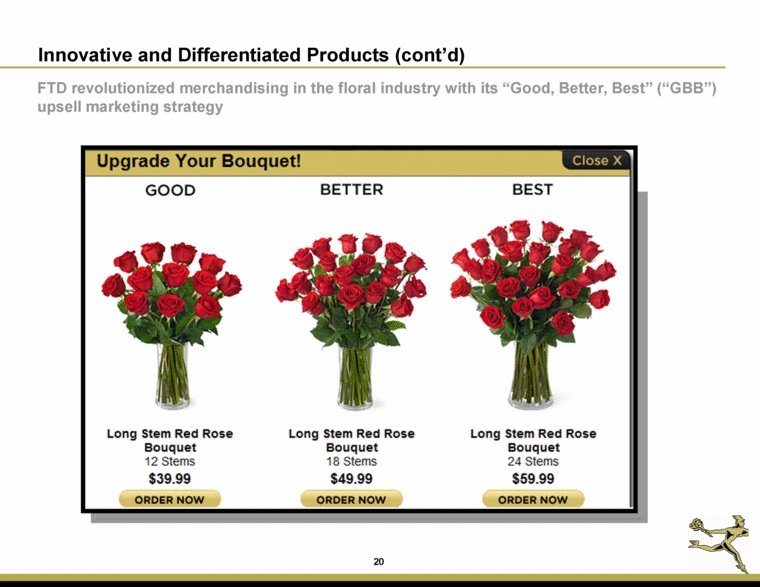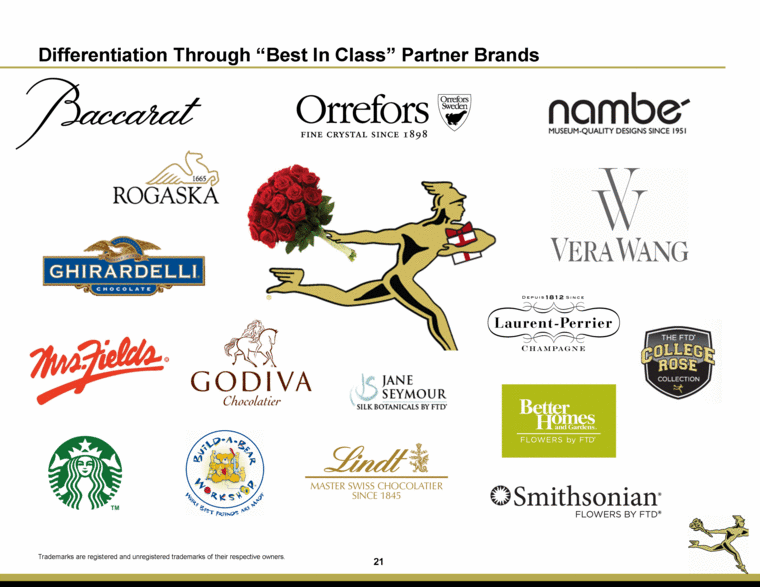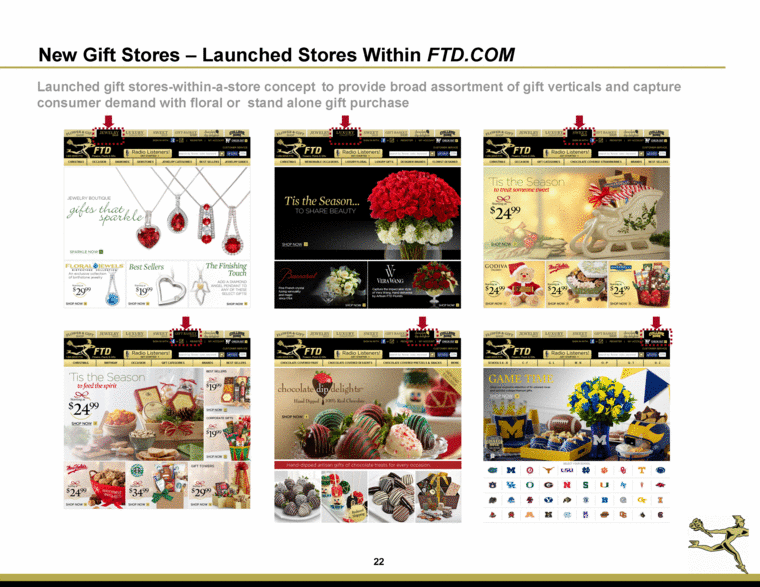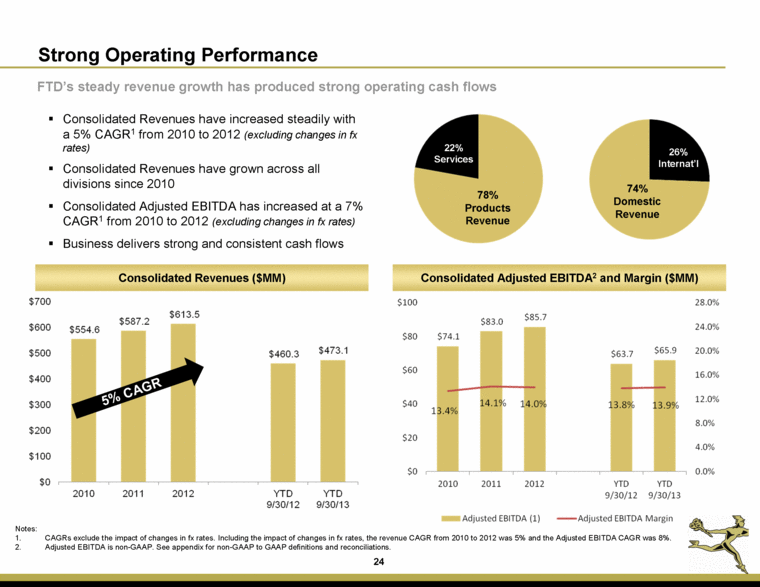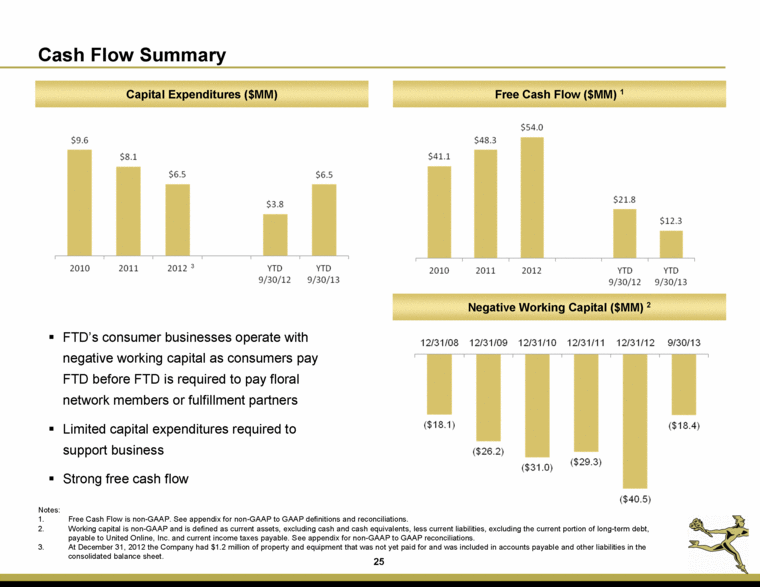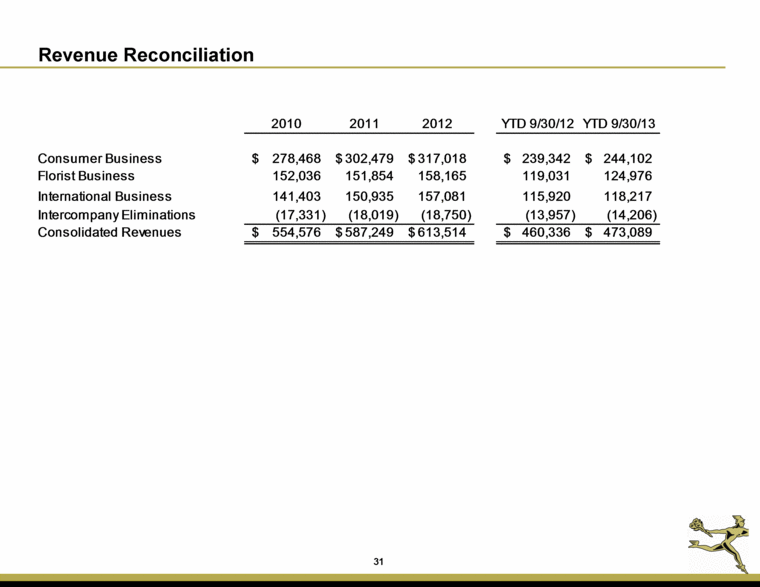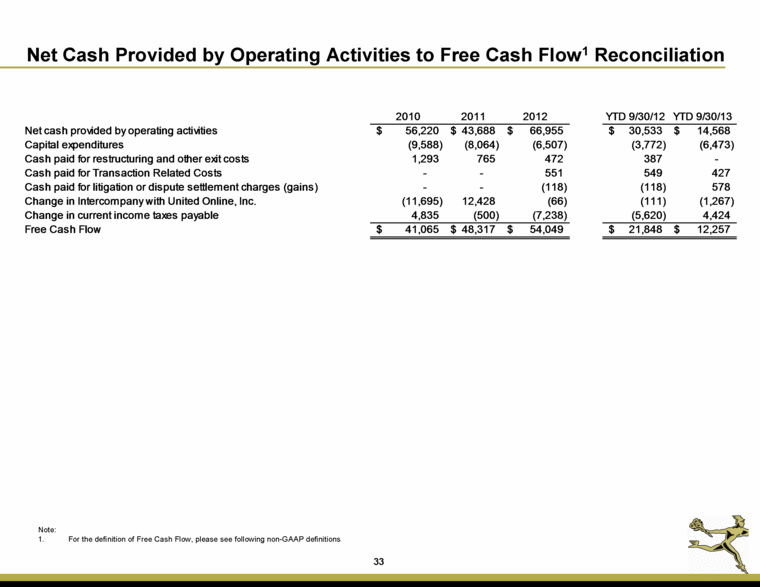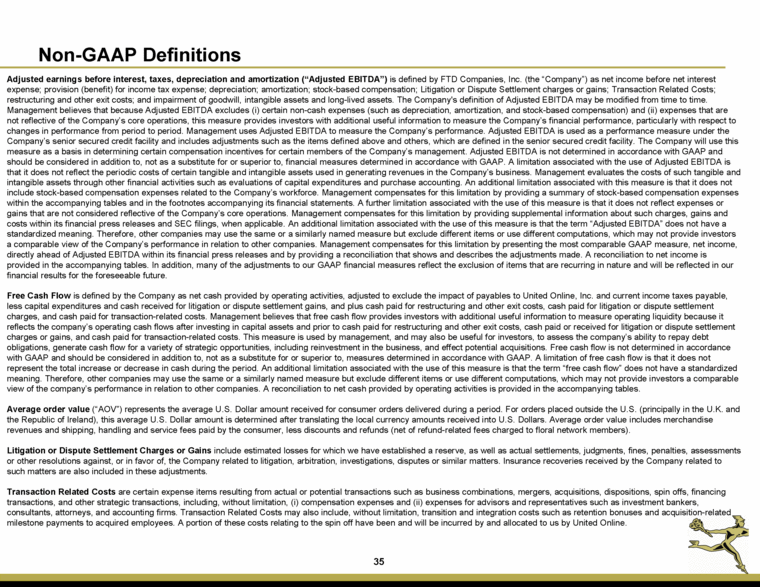
| Calculation of Working Capital and Net Debt Note: Working capital is non-GAAP and is defined as current assets, excluding cash and cash equivalents, less current liabilities, excluding the current portion of long-term debt, payable to United Online, Inc. and current income taxes payable. 12/31/08 12/31/09 12/31/10 12/31/11 12/31/12 9/30/13 Current assets 80,731 $ 81,810 $ 74,530 $ 91,190 $ 112,865 $ 73,663 $ Exclude: cash (27,871) (35,714) (31,875) (47,058) (67,347) (28,347) Net current assets 52,860 46,096 42,655 44,132 45,518 45,316 Current liabilities 83,074 80,800 89,108 79,426 107,593 71,253 Exclude: current portion of long-term debt (7,219) - - (2,650) (10,856) - Exclude: Intercompany payable to United Online, Inc. (3,877) (2,320) (14,015) (1,587) (1,653) (2,920) Exclude: current income taxes payable (977) (6,187) (1,449) (1,735) (9,033) (4,659) Net current liabilities 71,001 72,293 73,644 73,454 86,051 63,674 Working capital (18,141) $ (26,197) $ (30,989) $ (29,322) $ (40,533) $ (18,358) $ 12/31/08 12/31/09 12/31/10 12/31/11 12/31/12 9/30/13 Total debt, net of discounts 358,618 $ 304,563 $ 258,084 $ 261,124 $ 244,000 $ 220,000 $ Cash (27,871) (35,714) (31,875) (47,058) (67,347) (28,347) Net debt 330,747 $ 268,849 $ 226,209 $ 214,066 $ 176,653 $ 191,653 $ |






